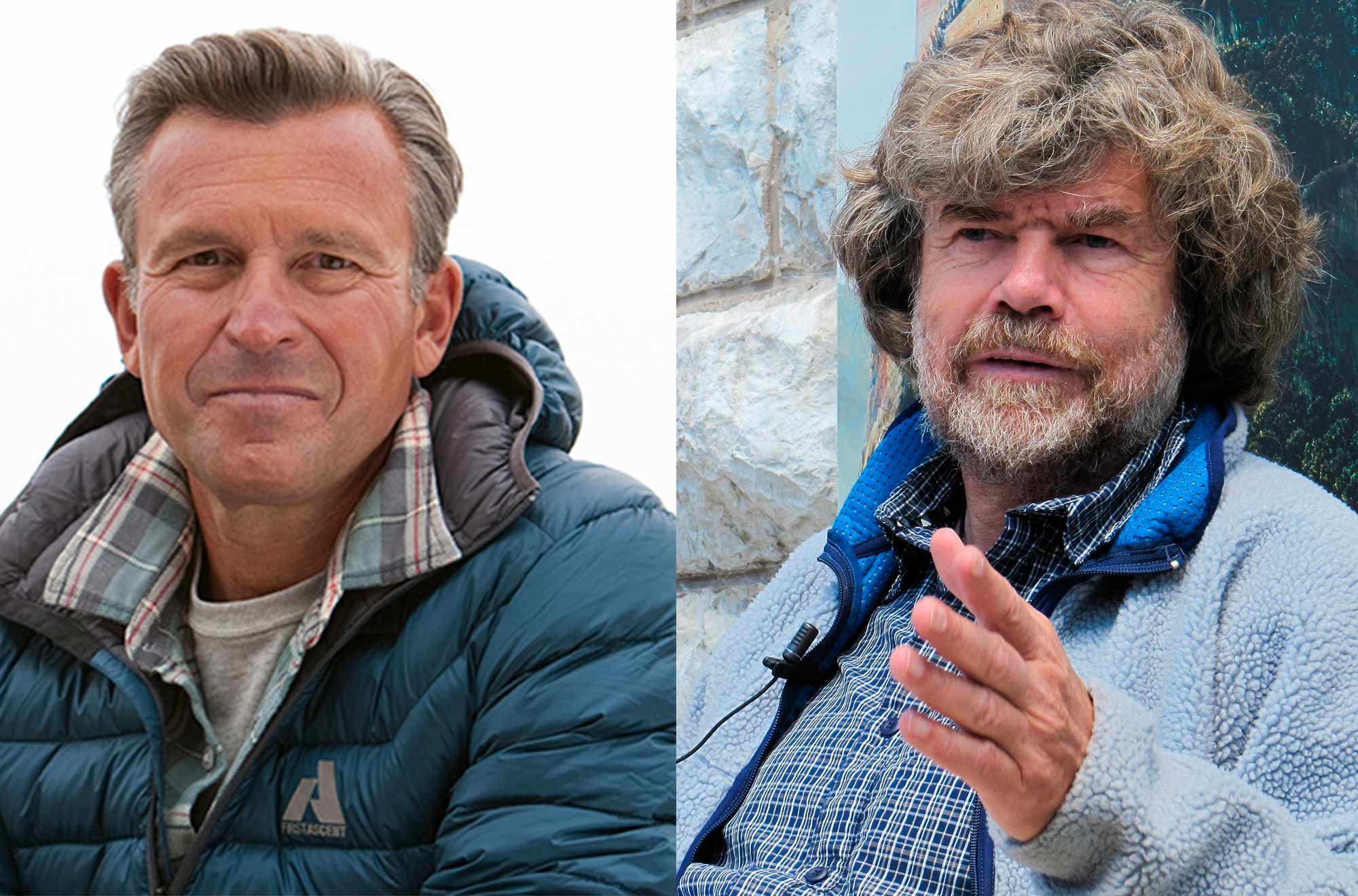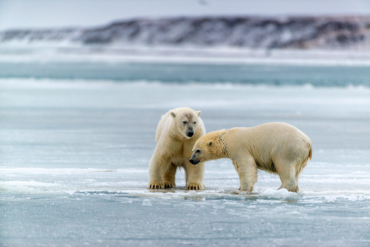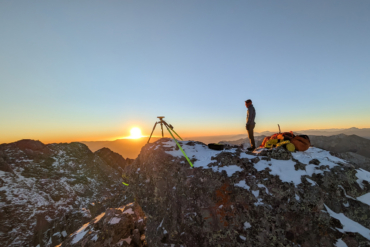Ed Viesturs wants you to know one thing: He was not the first person to climb all 14 of the world’s tallest mountains.
In 2005, Viesturs became the first American to summit every mountain over 8,000 m, a feat considered the pinnacle of alpine accomplishments. It took him 18 years to do them all, as he literally followed in the footsteps of legendary alpinist Reinhold Messner, the first climber to pull it off.
But last week, the Guinness Book of World Records revoked Messner’s biggest achievement after a German historian claimed he stopped 15 feet below the summit of Annapurna. The institution argued that Viesturs, in fact, is the actual record-holder. Except Viesturs refused to accept the record and declined to add his voice to the announcement.
“I was like, this makes no sense to me,” Viesturs told GearJunkie on Wednesday. “Messner is still the record-holder.”
Now, the two climbing legends will meet for the first time on Oct. 14 as part of a sports festival in Trento, Italy. They’ll discuss the fallout of Guinness’ decision — and probably how little the mainstream media understands it.
“People down here don’t really know what it’s like up there,” Viesturs said. “For them to nitpick like this is kind of ridiculous.”
Investigating Summit Claims
Messner lost two Guinness records last week: the first person to climb all 14 peaks over 8,000 m and the first to do so without oxygen.
The Guinness Book of World Records took away the titles because of German climbing chronicler Eberhard Jurgalski, who runs the website 8000ers.com. Jurgalski and a team of researchers spent 10 years investigating claimed ascents of the 14 highest peaks, all located in the Himalayas. He interviewed Viesturs by phone and asked for photos of his summits.
“I was like, this makes no sense to me. Messner is still the record-holder.”
— Ed Viesturs
“I sent him some photos to accommodate his research, not knowing that he was trying to nitpick about Messner,” Viesturs said.
Ultimately, Jurgalski made several shocking claims, including that Messner never reached the “true summit” of Annapurna. He even convinced Guinness to rewrite history (at least its version of it) by giving the Guinness record to Viesturs instead.
But even if Messner did fall short of the Annapurna summit (which Messner denies), that doesn’t really matter, Viesturs said. That argument only makes sense to people who haven’t climbed those mountains, he added. That evidently includes Jurgalski, who has apparently never climbed an 8,000m peak.
“It’s pretty irrelevant, actually,” Viesturs said of the argument over Messner’s record. “When you’re talking about Annapurna and Dhaulagiri, then you’re splitting hairs. All you can really do when you’re up there is move along the ridge. When I was up there, I was like, ‘Let’s just keep moving around until we hopefully touch the highest point.’ Sometimes the weather is bad and you have a whiteout …You do your best.”
Viesturs: Mainstream Alpinism Is ‘Regression’
In the last few years, the media has latched onto the alpine stories of Kristin Harila, a Norwegian, and Nims Purja, a Nepali. Both of them focused on speed records on the 14 tallest peaks, receiving international attention for climbing them in 6 months or less.
As a result, Viesturs often receives questions from nonclimbers about why they’re so much faster.
“People are like, ‘Hey, they did it in 6 months. It took you 18 years. What’s the deal?'” he said. “You have to explain it.”
That explanation involves the vastly different tactics used by Purja and Harila, which include supplemental oxygen, fixed ropes, helicopters, and support teams — none of which were used by Messner or Viesturs during their ascents of the same mountains. Climbing big mountains as fast as possible is more about logistics and manpower than mountaineering, Viesturs said.
“I truly believe that Reinhold Messner was the first person to climb all 14 8000ers and should still be recognized as having done so.”
— Ed Viesturs
“Most people are gonna think, ‘Look at these speedsters out there, they’re amazing.’ But it isn’t, really. It’s more a regression than a progression,” he said. “You can beat these mountains into submission, but it doesn’t make mountaineering better.”
That’s just part of why Messner was “years ahead of his time,” according to Viesturs. Before Messner, most expeditions relied on a siege-like approach that’s still preferred by the private companies now dominating the biggest mountains. Then Messner climbed them without oxygen, alone or with a partner, and sometimes setting new routes along the way. On Oct. 16, 1986, he’d finished all 14 peaks in a bold style that few climbers have replicated even now.
“Early in my career, I read all about him. I thought what he was doing was really innovative. He was the guy that I tried to emulate, the guy that I looked up to, as did many others,” he said. “I don’t think you can take that away from him.”








